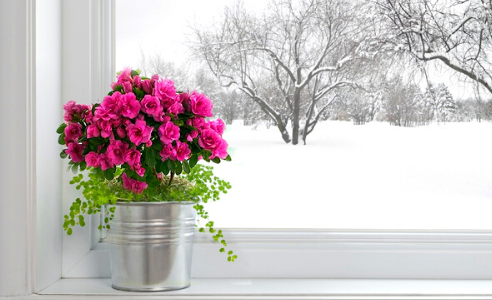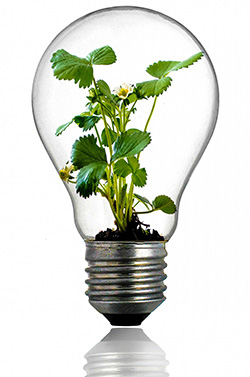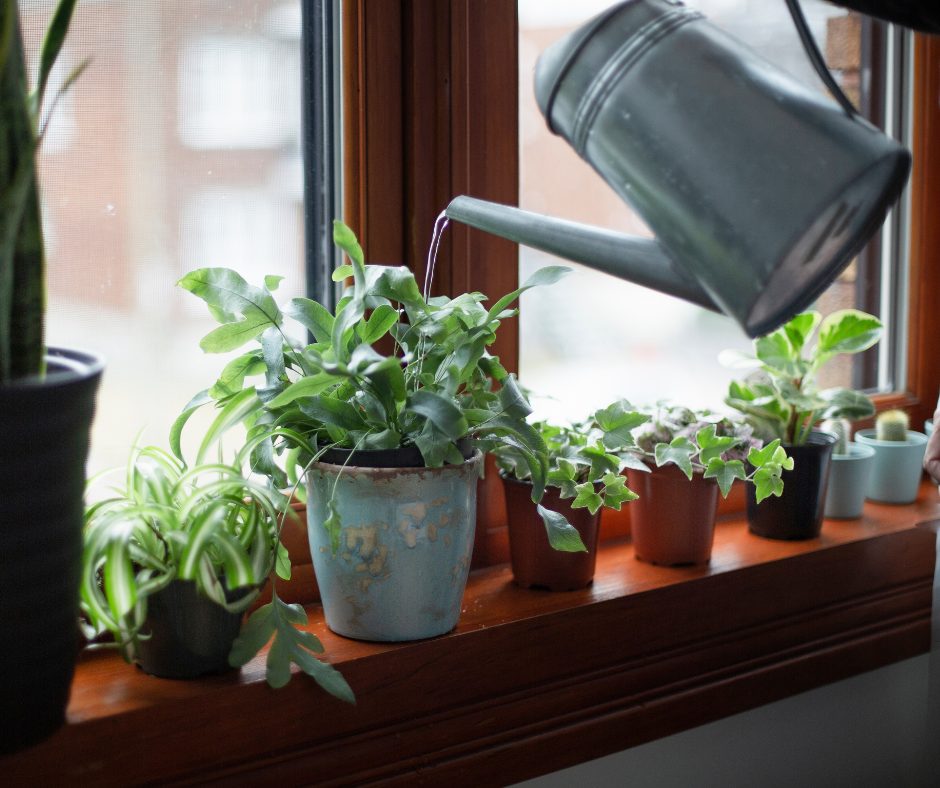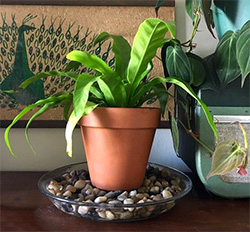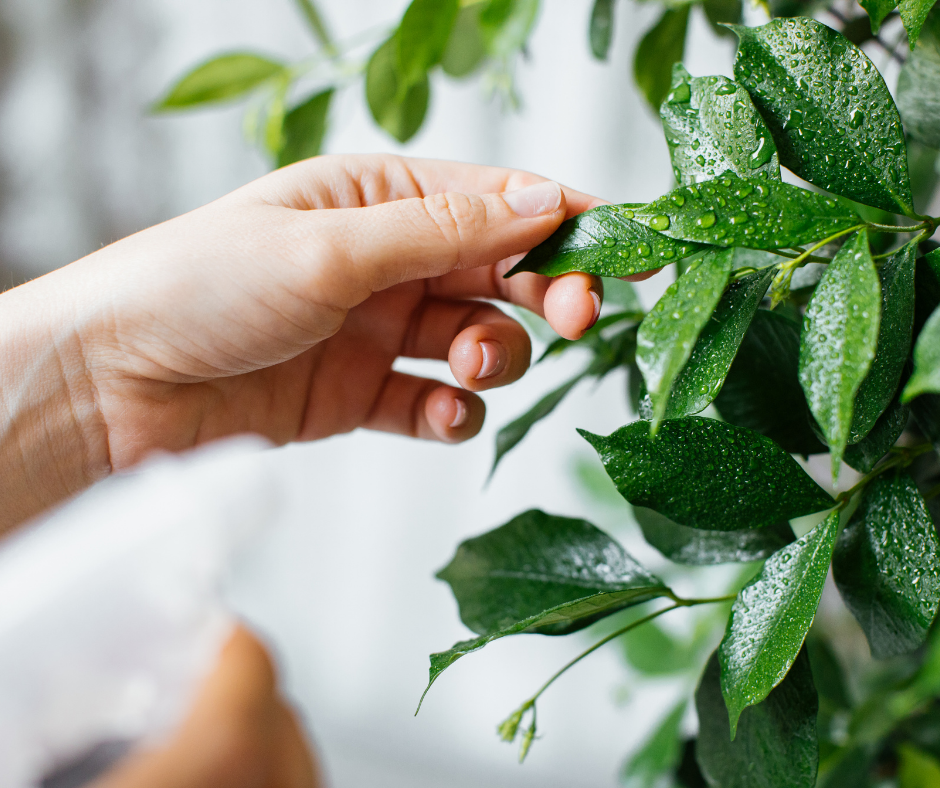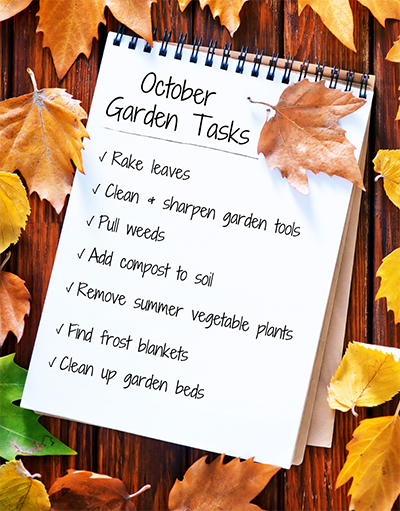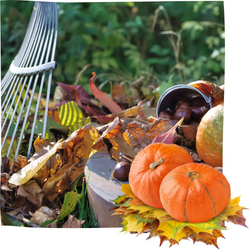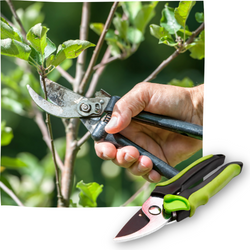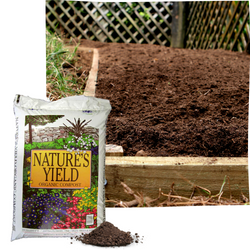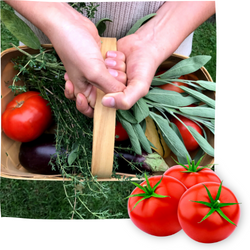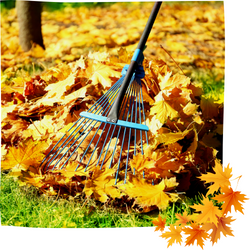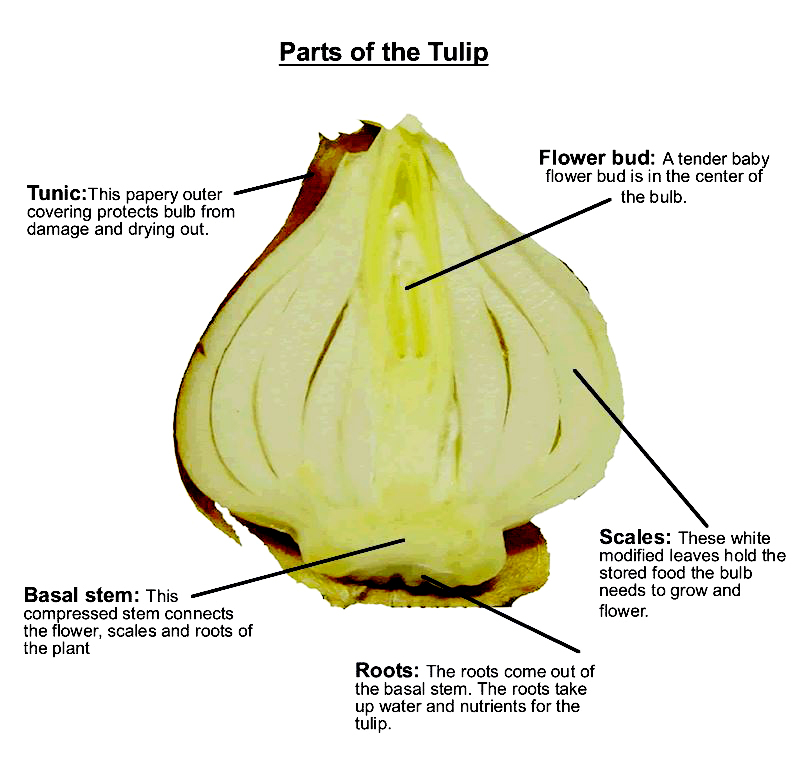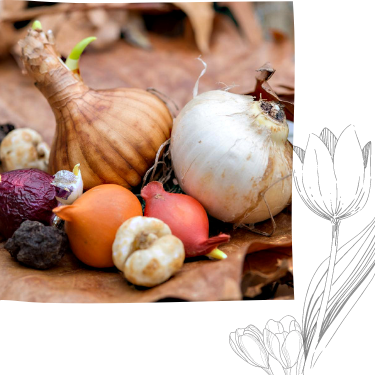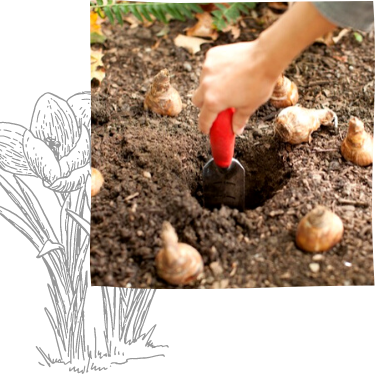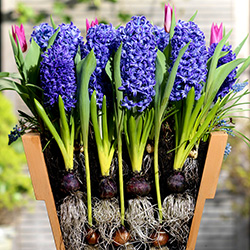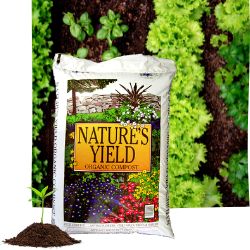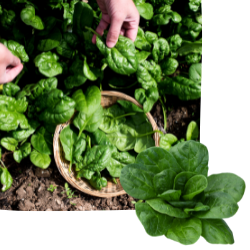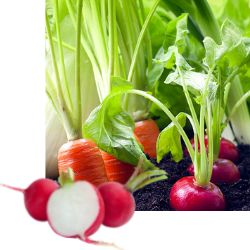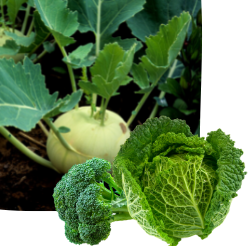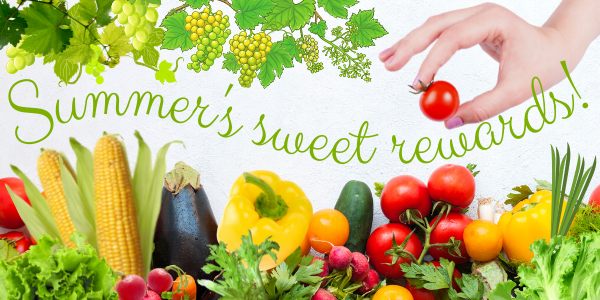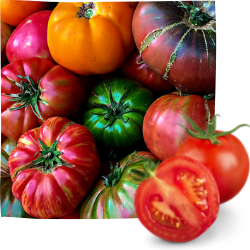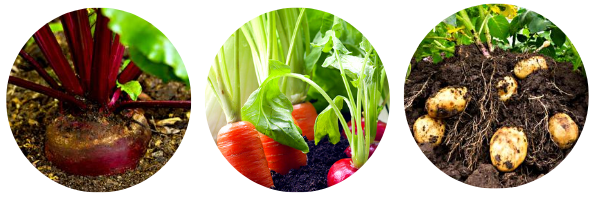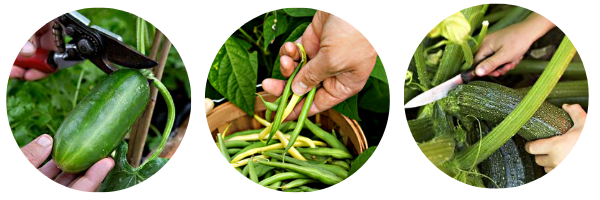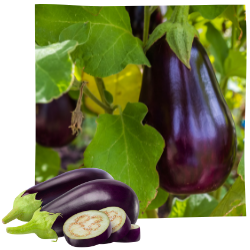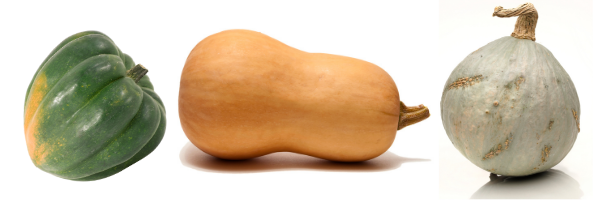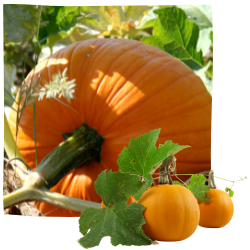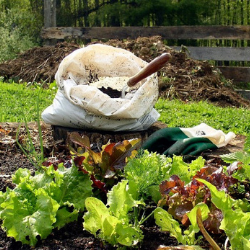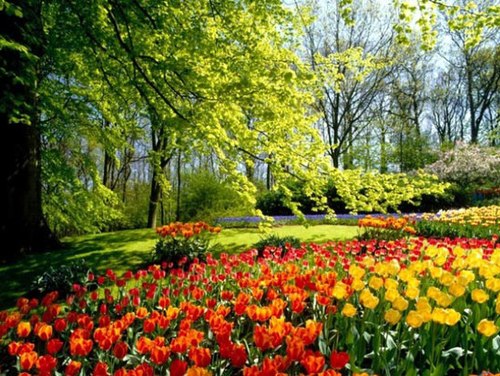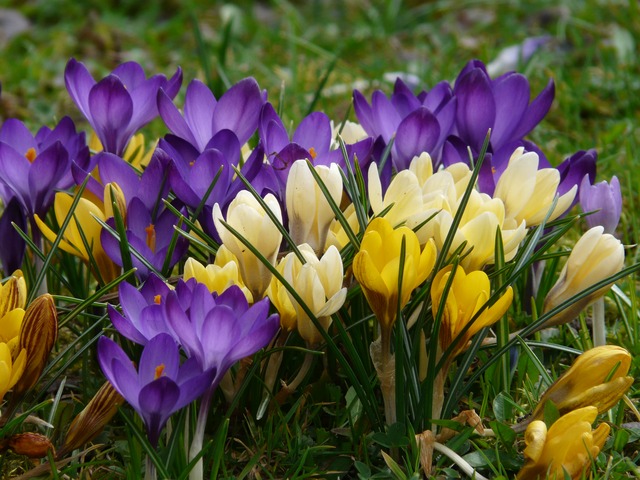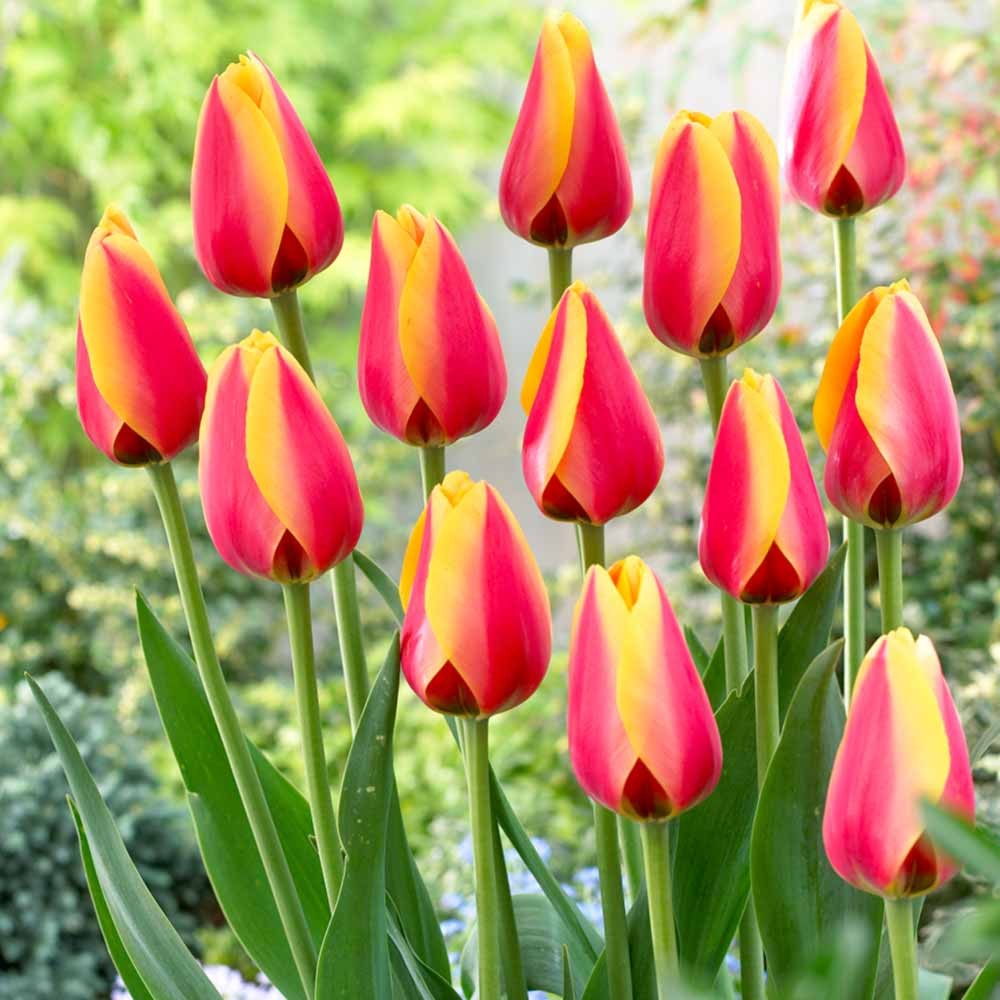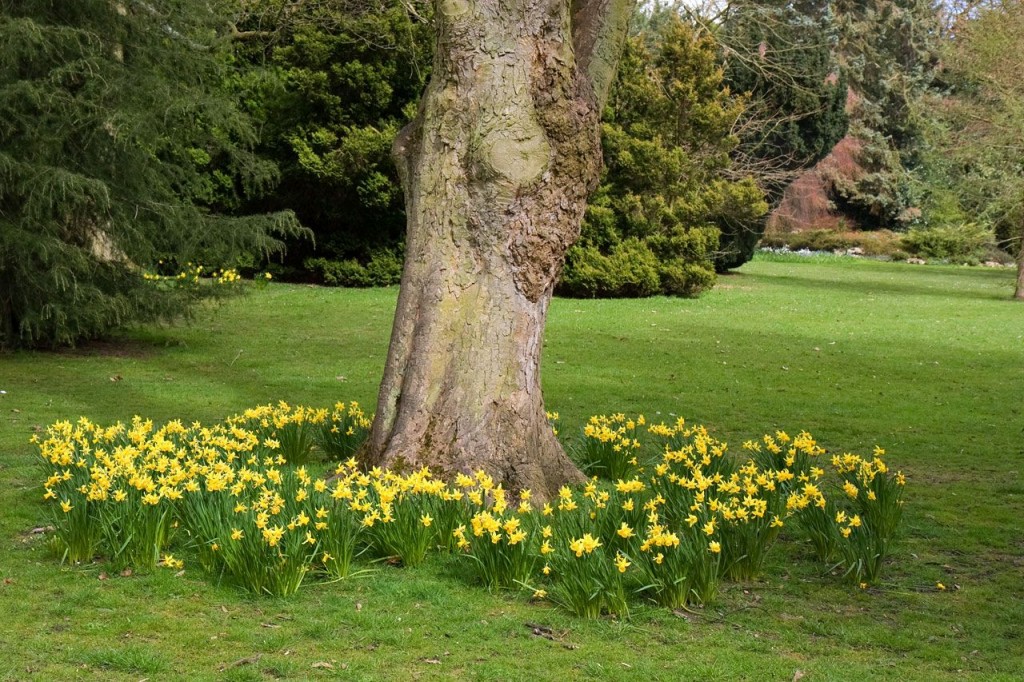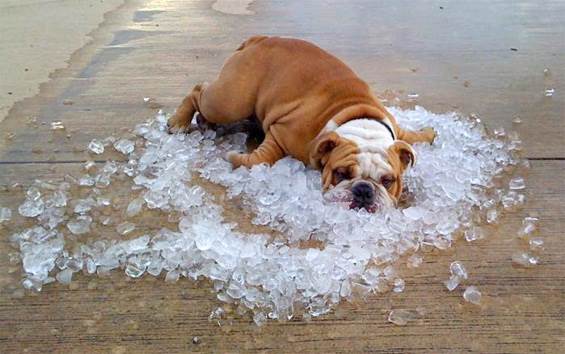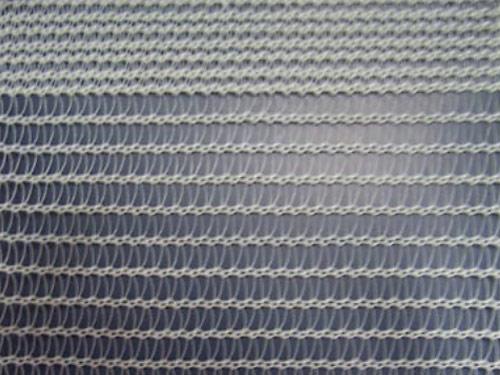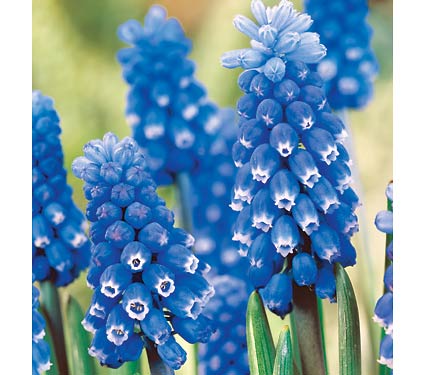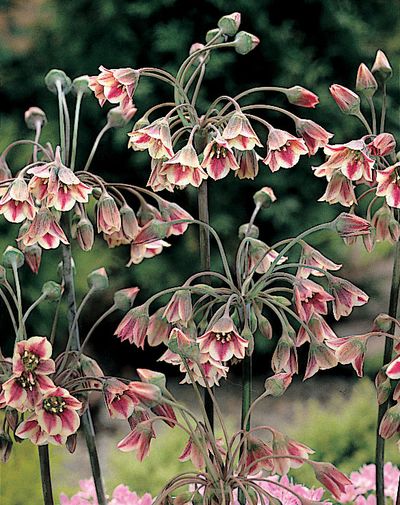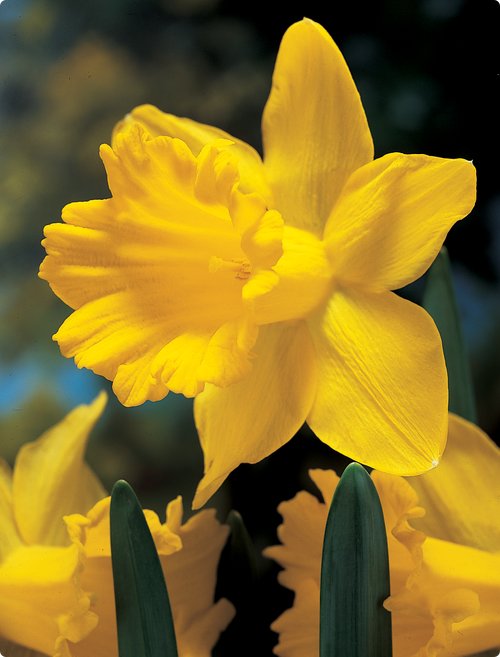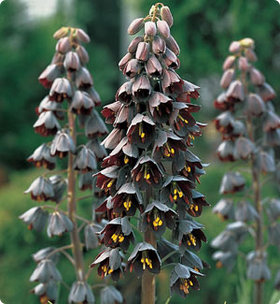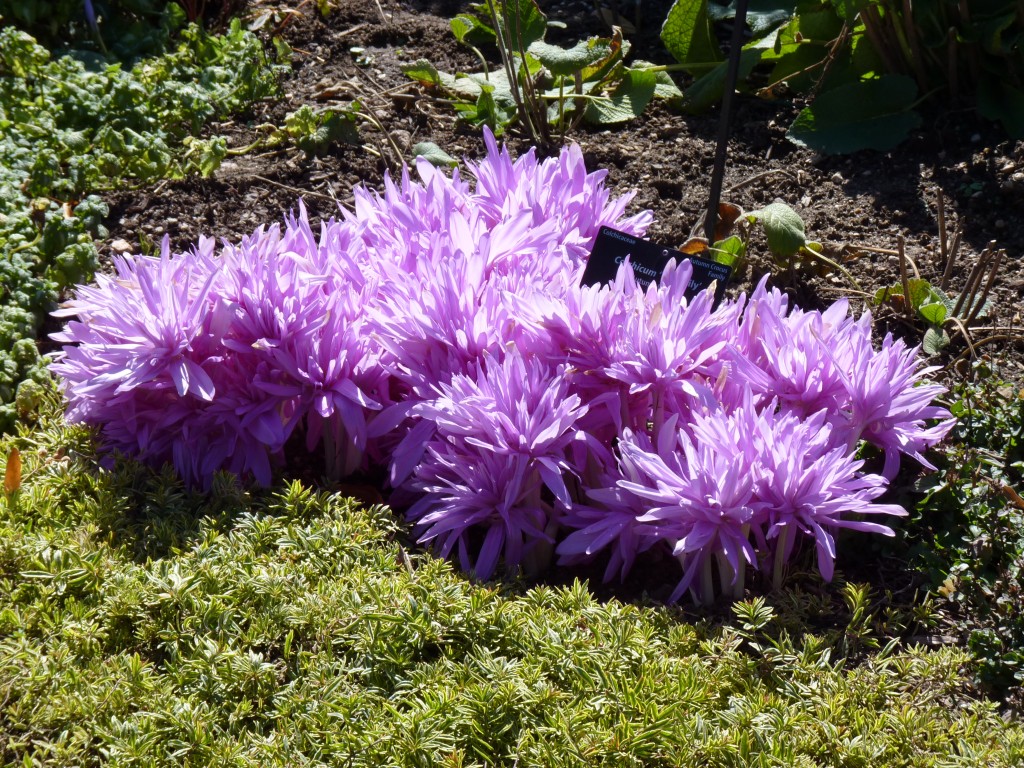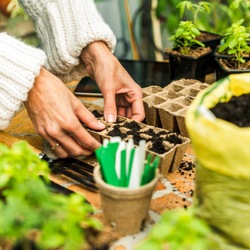
“All the flowers of all the tomorrows are in the seeds
of today.”
~ Indian Proverb
Why should you consider starting this year’s garden indoors? Why not just wait until the last frost date passes, and plant seeds directly in the garden beds? There are lots of reasons — especially in Colorado — why getting a head start on the season is such a good idea.
Get a Jump on the Growing Season
Besides just being a lot of fun, one of the best reasons to start seeds indoors is that here in Colorado, the growing season tends to be rather short — even more so in the mountain communities! Being able to set young plants out (as opposed to sowing seed directly) allows your crops to be a few weeks ahead at the beginning of the season, and that means earlier harvests of those tasty spring and summer veggies!
Grow a Warm-Season Crop in a Short-Season Climate
Everyone’s favorite summer vegetables usually have a long growing season. Beans, corn, and tomatoes can require anywhere from 60-100 days from seed to maturity, and those bright October pumpkins require 120 days! If you have to wait for the outdoor soil to reach the optimal temperature for growing, you’ll miss out on valuable growing days. Considering Colorado’s growing season is only an average of 150 days, getting started earlier sure can be an advantage. Start these popular summer crops weeks earlier by seeding indoors, and start enjoying those juicy tomatoes a little sooner!
When it comes to starting perennial flowers from seed, you may be able to get first-year blooms on flowers that usually don’t flower until their second year in the garden. Varieties that benefit from a head start indoors are: Asters, Black-eyed Susans, Coleus, and Lavender.
Grow a Variety That Isn’t Offered as a Starter Plant
You might also consider starting from seed if you’d like to try varieties of veggies that your local garden center doesn’t offer as “starts” or young plants in the spring. By growing your own vegetables from seed, you have more varieties available to you. For example, while we grow more than 200 different types of vegetable plants each year here at Echter’s, we can’t offer every variety of every crop. Sometimes there may be something you’d like to grow in your garden that we don’t offer. Seed gardening is a great way to grow those extra-special varieties that may not be commonly available.
Fun for kids
If you’ve got little gardeners around the house, the process of planting a dry, dead looking seed into soil, then watching it sprout and grow into a live plant is nothing less than magic! It can also provide a valuable lesson in where our food comes from. One small seed can grow a lot more than a plant. It just might grow a lifelong love of gardening.
A Word of Caution
With some crops, it can be beneficial to just wait until after the last spring frost and sow directly into the garden. This tends to be true of root vegetables like radishes and carrots. Root crops are fussy about being transplanted because no matter how careful you are during the transplanting process, there’s bound to be some minor root damage, and that will show up in the final vegetable. Direct sowing produces better results in those plants.
There’s so much satisfaction that comes from starting your garden from seed. You control what’s going into your food crops, you can save money, and you have access to a greater variety of plants. One of the nicest things about seed gardening is having something green and growing during the grey days of winter. Pay us a visit, and be inspired by all the crops and varieties that are available this year!
